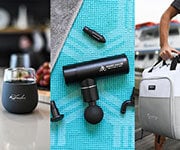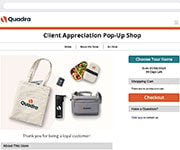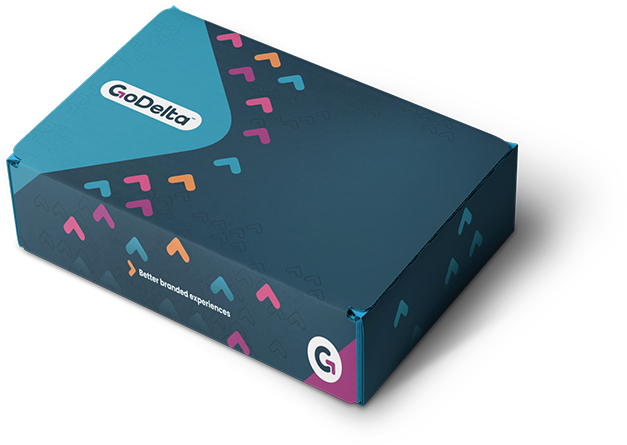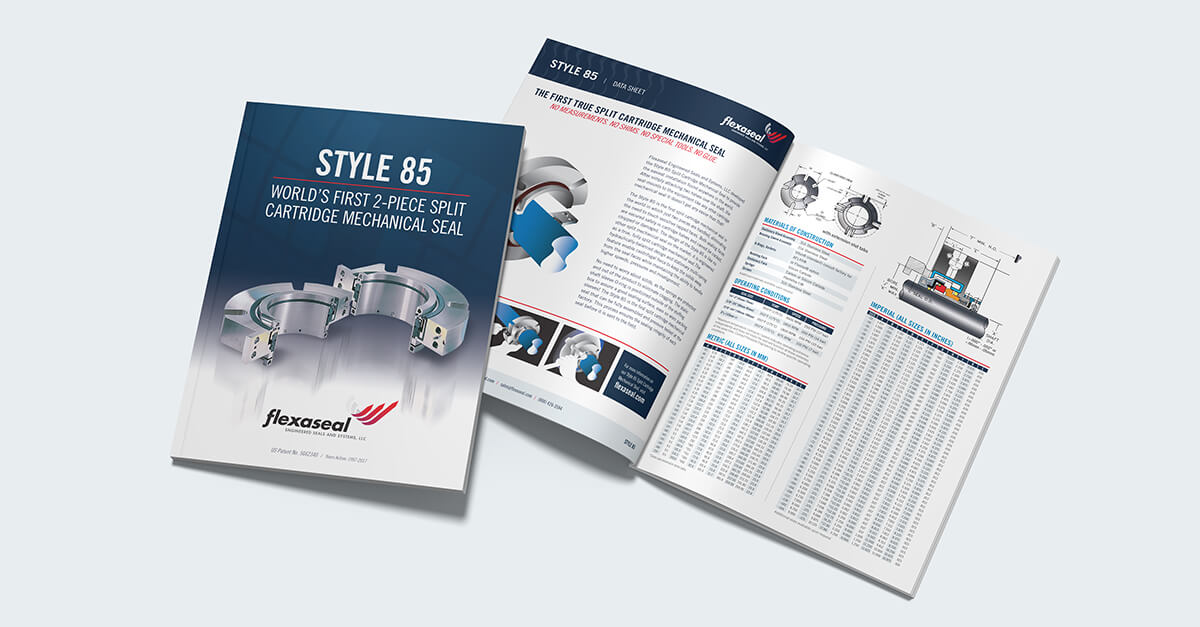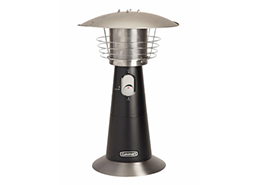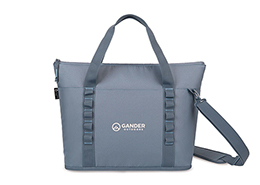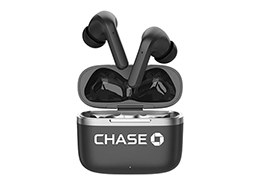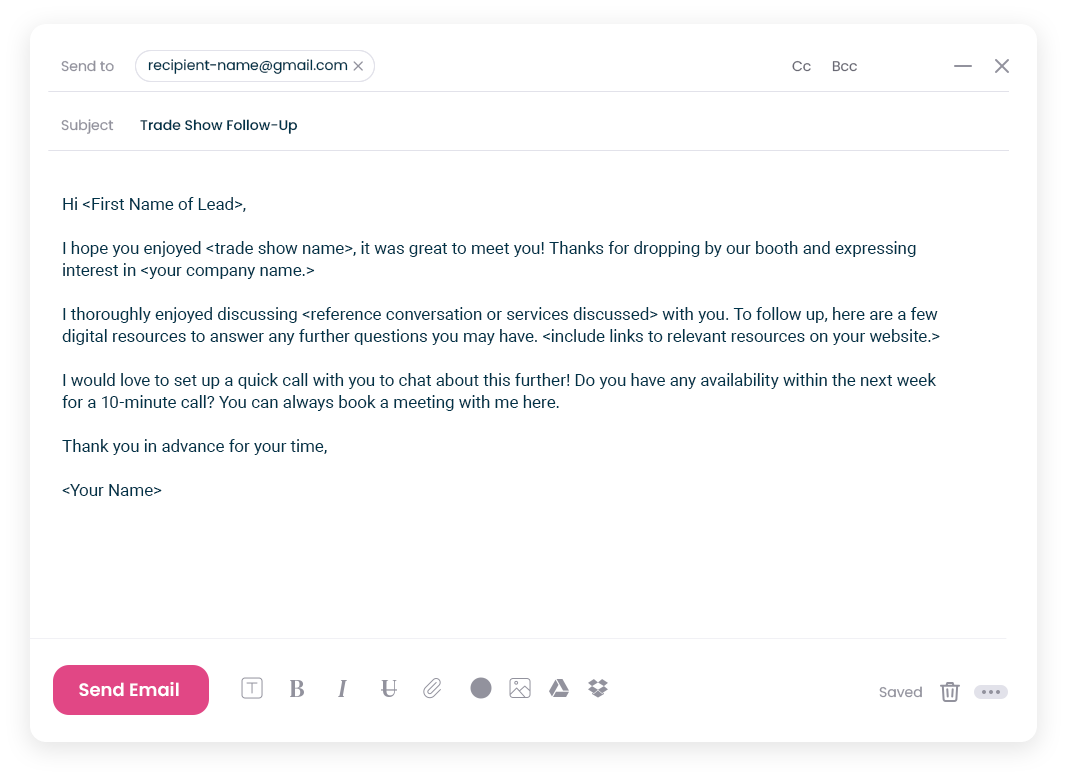Your marketing strategy begins well before you set foot on the show floor. It’s important to plan ahead and make sure you have the right materials, strategies, and planning to meet your goals. Here are some tips:
Choose the Right Event for Your Business
Choosing the right trade show to showcase your brand, product, or service can significantly impact your business success. The best event for your company is one that aligns with your objectives, reaches your target audience, fits within your budget, and has the potential to deliver a satisfactory return on investment (ROI).
Here are key considerations that should guide your decision:
- Specific Objectives - Identify your overarching objectives for the event. Are you looking to launch a new product, expand your customer base, or perhaps establish partnerships? Your goals will help guide your choice.
- Audience Type - Research the demographic of the attendees and evaluate whether the audience aligns with your target market to ensure you maximize the potential for quality leads.
- Size of the Event - Larger events offer more exposure but may be more competitive. Smaller events could provide more targeted networking opportunities.
- Competitor Presence - Evaluate the presence of your competitors. An exhibition that attracts many of your competitors isn't necessarily a bad thing; it could signify a valuable concentration of your target market. However, it's essential to have a strategy to differentiate your brand.
- Location and Venue - Consider the geographical location, whether your booth will have optimal visibility in the event layout, the event's credibility, and its past success. Research past reviews from attendees and exhibitors for a better understanding.
Pro tip:
Be a trade show attendee first before exhibiting to get a better understanding of the event and if it will be a good fit for your business.
Set Clear Goals
Setting clear, measurable goals for your event is an essential step in your preparation. These goals can pertain to various aspects, such as the number of leads you aim to attract, the amount of sales you wish to generate, or the level of brand awareness you seek to create. Having defined objectives will guide your strategies and help you measure your effectiveness.
Your goals should be SMART - Specific, Measurable, Achievable, Relevant, and Time-bound. For example, instead of merely aiming to 'generate leads,' a SMART goal would be to ‘collect the contact details of at least 25 potential customers during the duration of the show.'
Create a Realistic Budget
Attending a trade show can result in a substantial ROI. However, expenses incur quickly without the proper plan. Think ahead by planning a realistic budget for common costs such as:
- Entertainment
- Personnel costs
- Travel and shipping fees
- Insurance and legal fees
- Venue cost or booth rental space
- Promotional products and marketing materials
- Booth setup and accessories (carpet, electricity, Wi-Fi, booth decorations, etc.)
Your booth space typically accounts for 30-35% of your budget. You can expect your total investment to be about three times the cost of your exhibit. Prices differ for each event, but the average cost is about $150-$250 per square foot of floor space.
This means a 10’x10’ (100 square feet) booth space at $150 per square foot would cost 100 x $150 = $15,000.
Your budget should be this cost multiplied by three, or $15,000 x 3 = $45,000
This is just an average expectation for the total budget. Do your best to determine the exact costs of your particular event and budgetary needs.
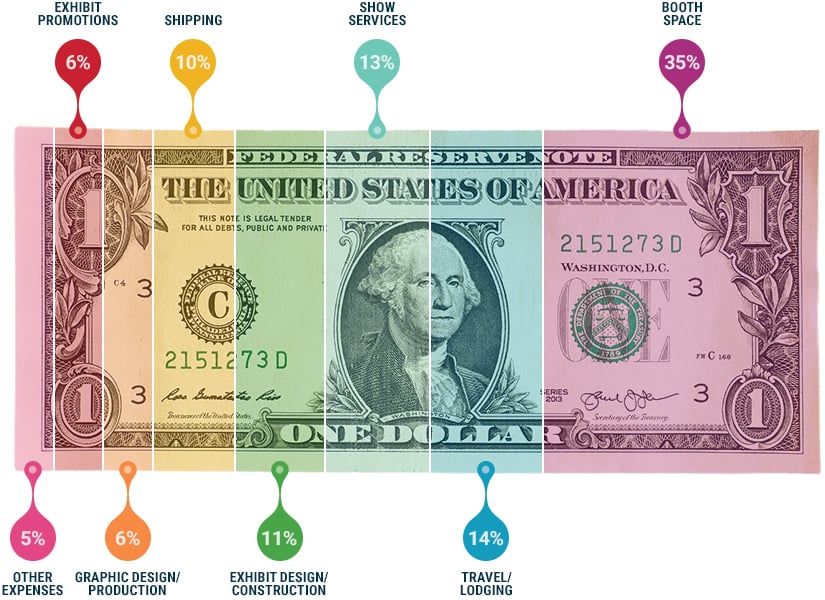
Design a Captivating Display
Trade show displays are a critical aspect of your exhibit. It's your chance to attract visitors and make your booth the talk of the show. A successful display goes beyond looking good; it creates an immersive, memorable experience that communicates the value of your product/service to your target audience.
When designing your display, consider the following:
- Brand Consistency - Your display should reflect your brand's identity and aesthetic. Use consistent colors, fonts, and messaging that align with your brand's overall look and feel.
- Visibility - Your display should be visible from afar, drawing in attendees. Use eye-catching graphics, bold colors, and clear, large text.
- Message Clarity - Avoid cluttering your display with too much information. Keep the message concise and easy to understand.
- Quality Display - Opt for a high-quality display that can withstand travel, setup, and breakdown over time.
- Ease of Setup - Your trade show display should be easy to transport and set up to avoid any last-minute hitches.
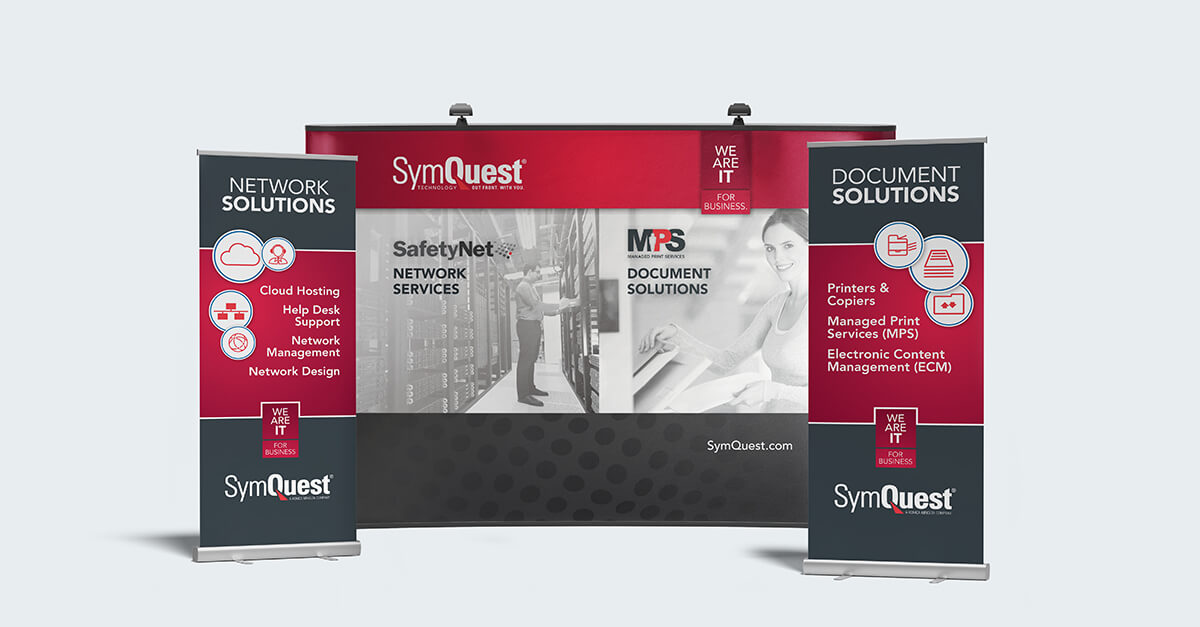
Prepare Your Team
The most overlooked part of trade show planning is preparing your team for the live event. Without ample preparation, even the most baked-out strategies will fail. Most companies forget to practice greeting people, don’t test-run their booth setup, and don’t enforce an appropriate dress code for the show.
Proper attire will vary depending on the industry, the type of show, and your brand. For instance, you would most likely wear a suit to a technology event compared to branded apparel at an industrial show.
Here are a few tips for preparing your team:
- Update your sales collateral and provide your team with the new versions.
- Create battle cards for your team so everyone knows how to communicate your value proposition and positioning statement.
- Have your team practice their greetings and other key points in front of their managers.
- Set up your booth, inspect the condition, and ensure the messaging aligns with your target audience.
- Ask your employees to dress as they would during the show during the practice practice.
Last-minute trade show? You got this.
Use this checklist to create and execute an effective trade show plan in minimal time.
